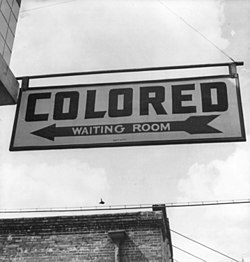I am not a mathematician, but I do enjoy math and numbers, and can't resist playing around a little. One of my "toys" has been Fermat's Last Theorem. For a broader explanation of this theorem and the proof of it, see https://en.wikipedia.org/wiki/Fermat's_Last_Theorem, which I will summarize here with the first paragraph:
"In number theory, Fermat's Last Theorem (sometimes called Fermat's conjecture, especially in older texts) states that no three positive integers a, b, and c satisfy the equation an + bn = cn for any integer value of n greater than 2. The cases n = 1 and n = 2 have been known to have infinitely many solutions since antiquity."
As you might know, the proof of this theorem was, and still is, an historic mystery. Fermat claimed to have proved it himself around 1637, but never provided the proof, only a claim "in the margin of a copy of Arithmetica where he claimed he had a proof that was too large to fit in the margin." Yet if Fermat truly did have a valid proof, he never wrote it out, even until his death in 1665.
It was only in 1994. 357 years later after Fermat's cryptic and unproved claim that the mathematician Andrew Wiles finally presented the first proof of the theorem which was accepted by the mathematical community as correct and flawless (please don't ask me to explain it, however!). This in itself is astonishing enough, but what is more astonishing is the fact that Wiles used mathematical techniques which did not exist in Fermat's time. Thus, if Fermat really did supply a proof, he did so using techniques much simpler -- techniques which have evaded the most brilliant math minds for over three hundred years! One can only conclude that either Fermat erred in his claim, or a straightforward proof has been eluding such minds to this day.
Again, I warn I am no mathematician, but since Andrew Wiles' proof I have wondered if Fermat's theorem can be expanded upon. The theorem may follow a pattern, in which the number of integers being added must equal the exponent itself. For example, for 32 + 42 = 52, the simplest example of the theorem, that number is two.
What about three? It turns out there is an example here, one that I stumbled upon quite accidentally: 33 + 43 + 53 = 63. Now I suspect there are more examples for three, just as there are for two, although I have not tried to find any of them. Nor have I attempted to find examples for integers greater than three, though I suspect they exist.
You probably see where I'm going with this. Is it a reasonable conjecture that, for all (positive?) integers n, there are sums of n integers raised to the n'th power which will yield another integer raised to n? Furthermore, is it an iff (if and only if) condition for all integers greater than one?
Of course, I've no idea. I certainly unable to prove or disprove such a conjecture. But it does seem worthy to make the attempt (if no one has done so yet). Perhaps one of you can do so, or at least has some logical input on the question. I'll leave it at that.
A Medley of Potpourri is just what it says; various thoughts, opinions, ruminations, and contemplations on a variety of subjects.
Search This Blog
Racial segregation in the United States
From Wikipedia, the free encyclopedia https://en.wikipedia.org/wiki/Racial_segregation_in_the_United_States ...

-
From Wikipedia, the free encyclopedia Ward Cunningham , inventor of the wiki A wiki is a website on whi...
-
From Wikipedia, the free encyclopedia Islamic State of Iraq and the Levant الدولة الإسلامية في العراق والشام ( ...
-
Making Hydrochloric Acid from Household Ingredients I used to do this when I was young. I’m uncertain now: could it not be consider...
